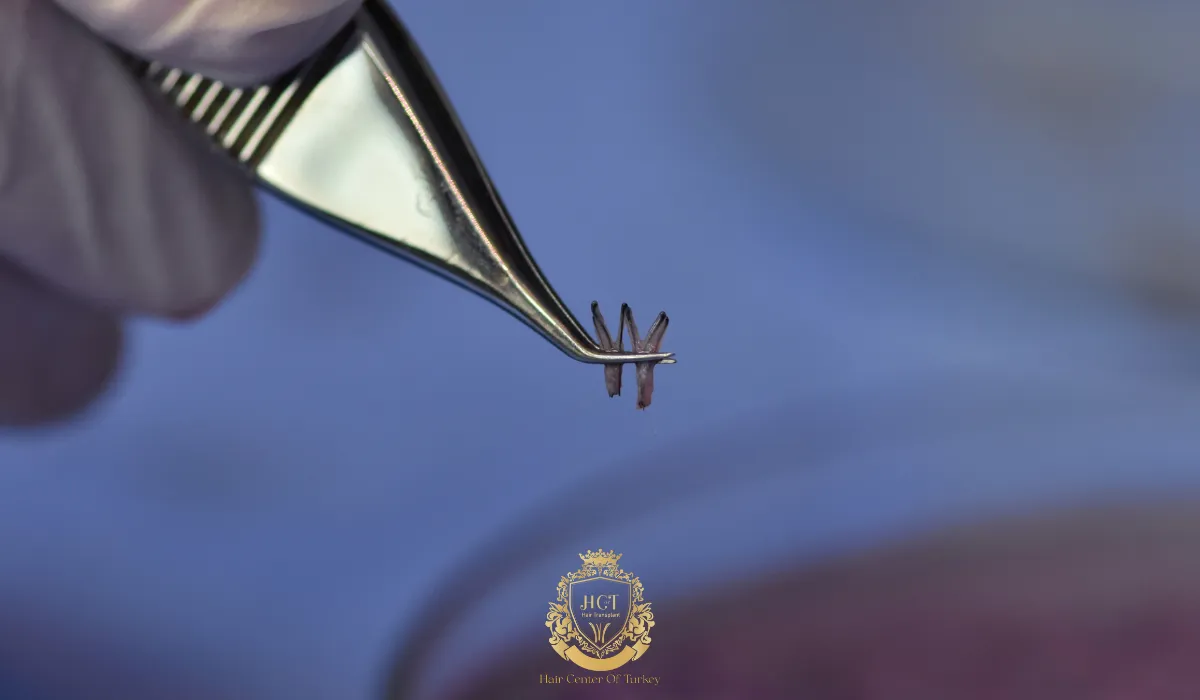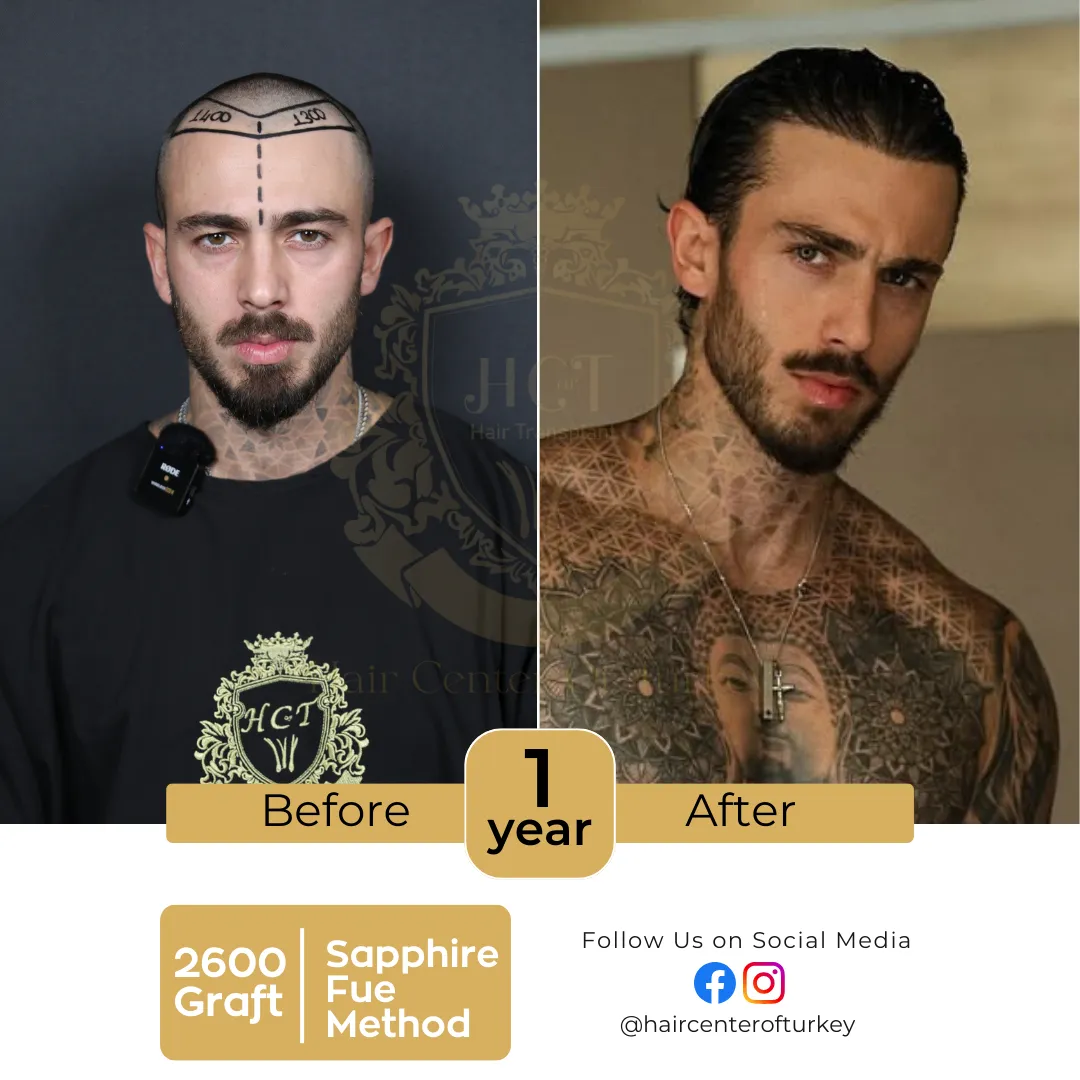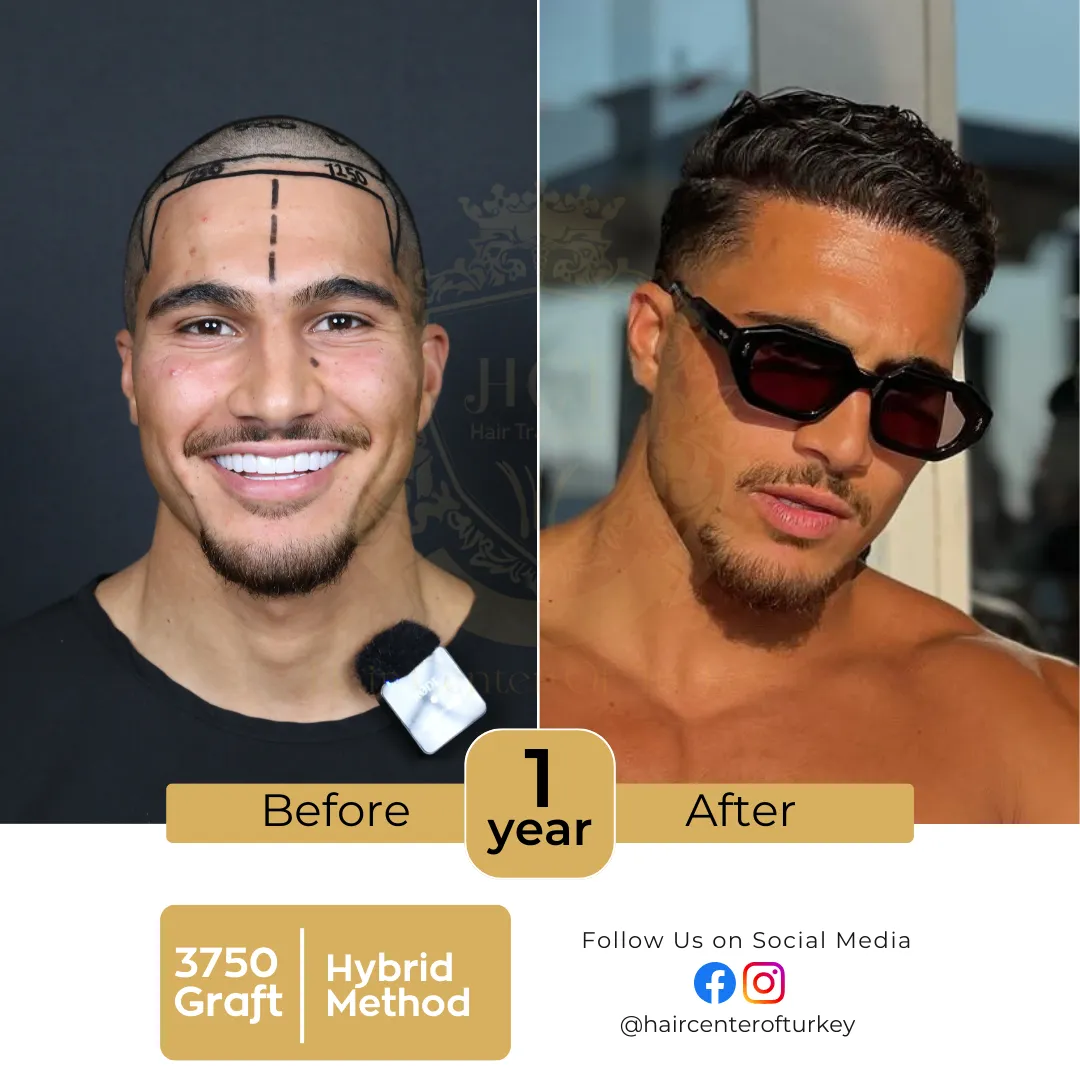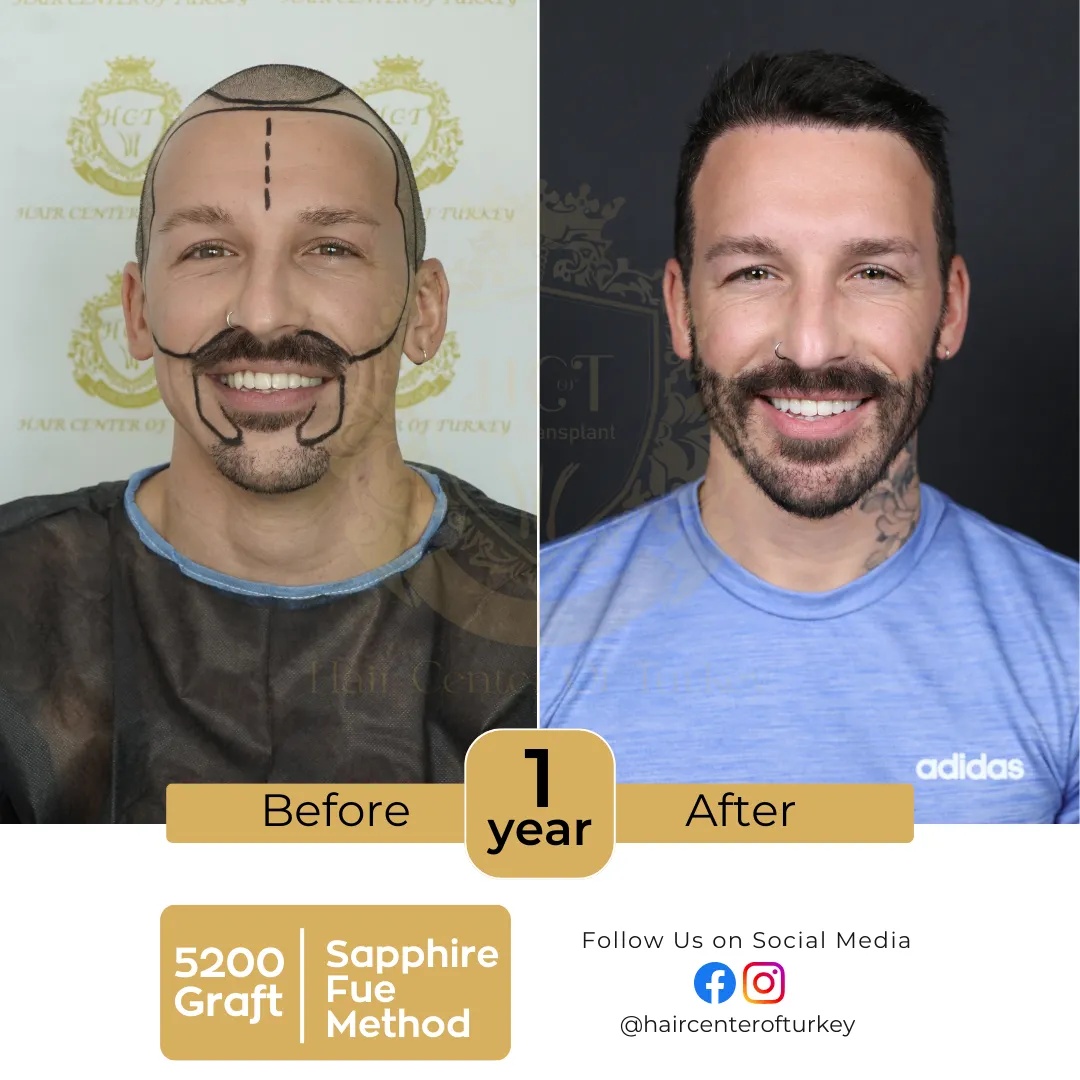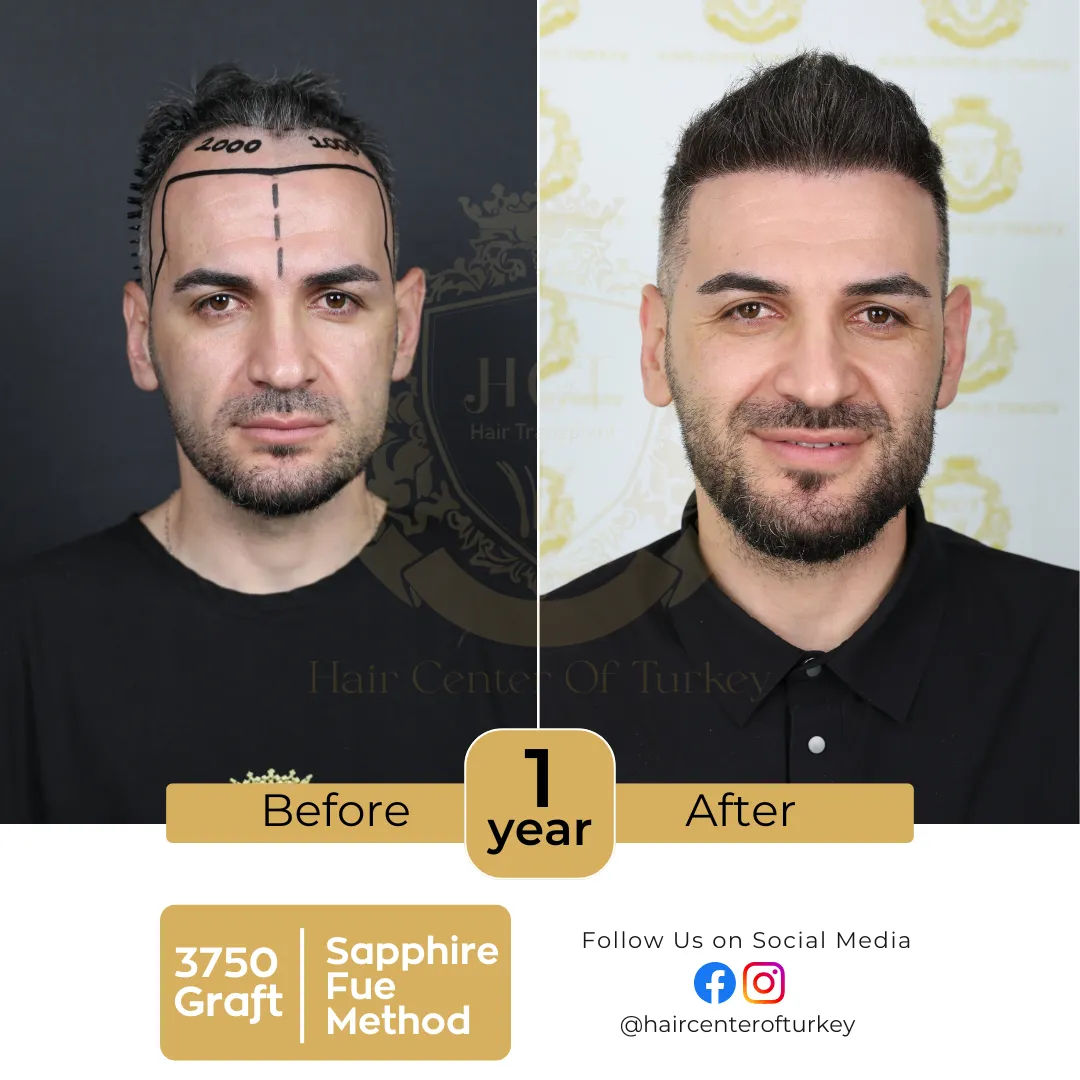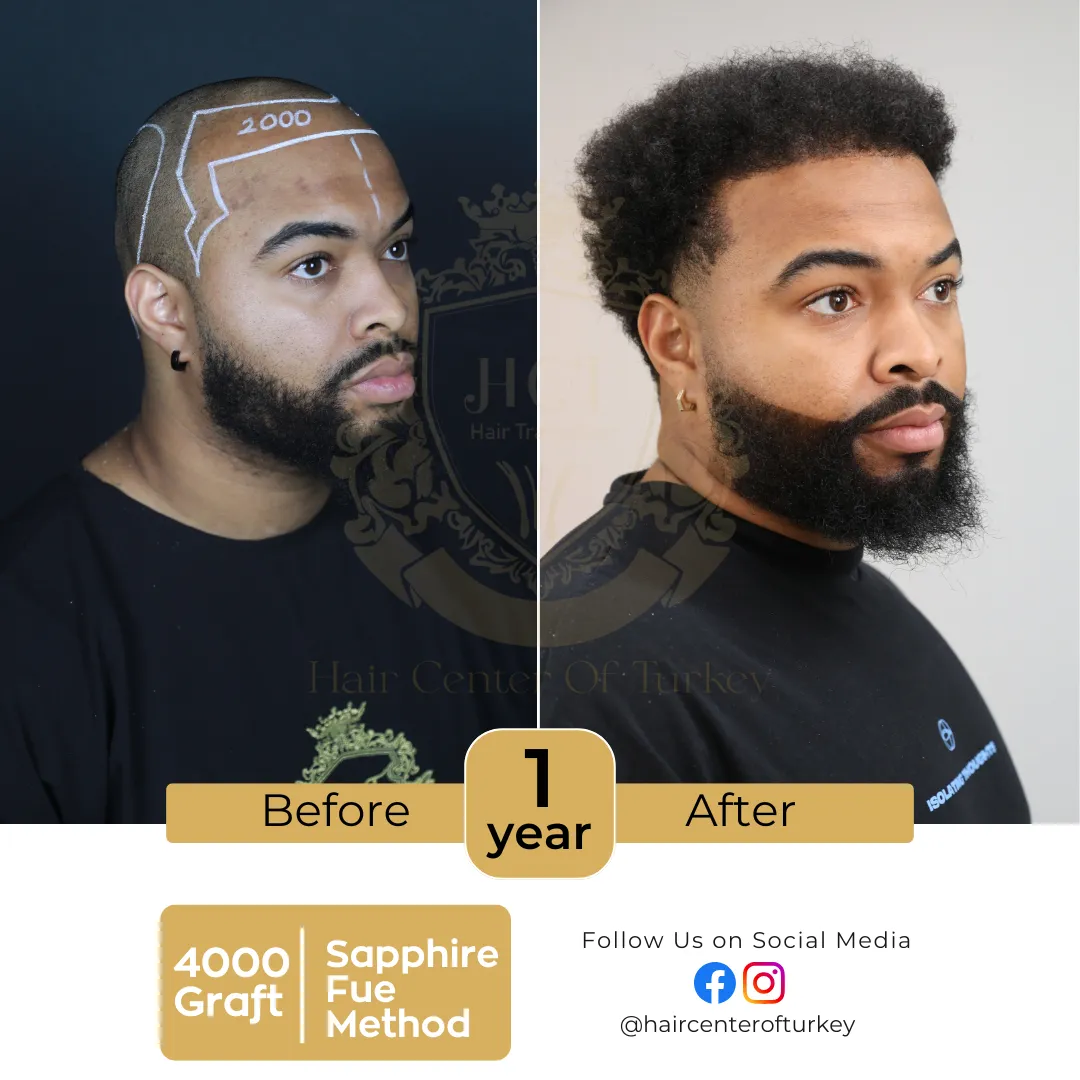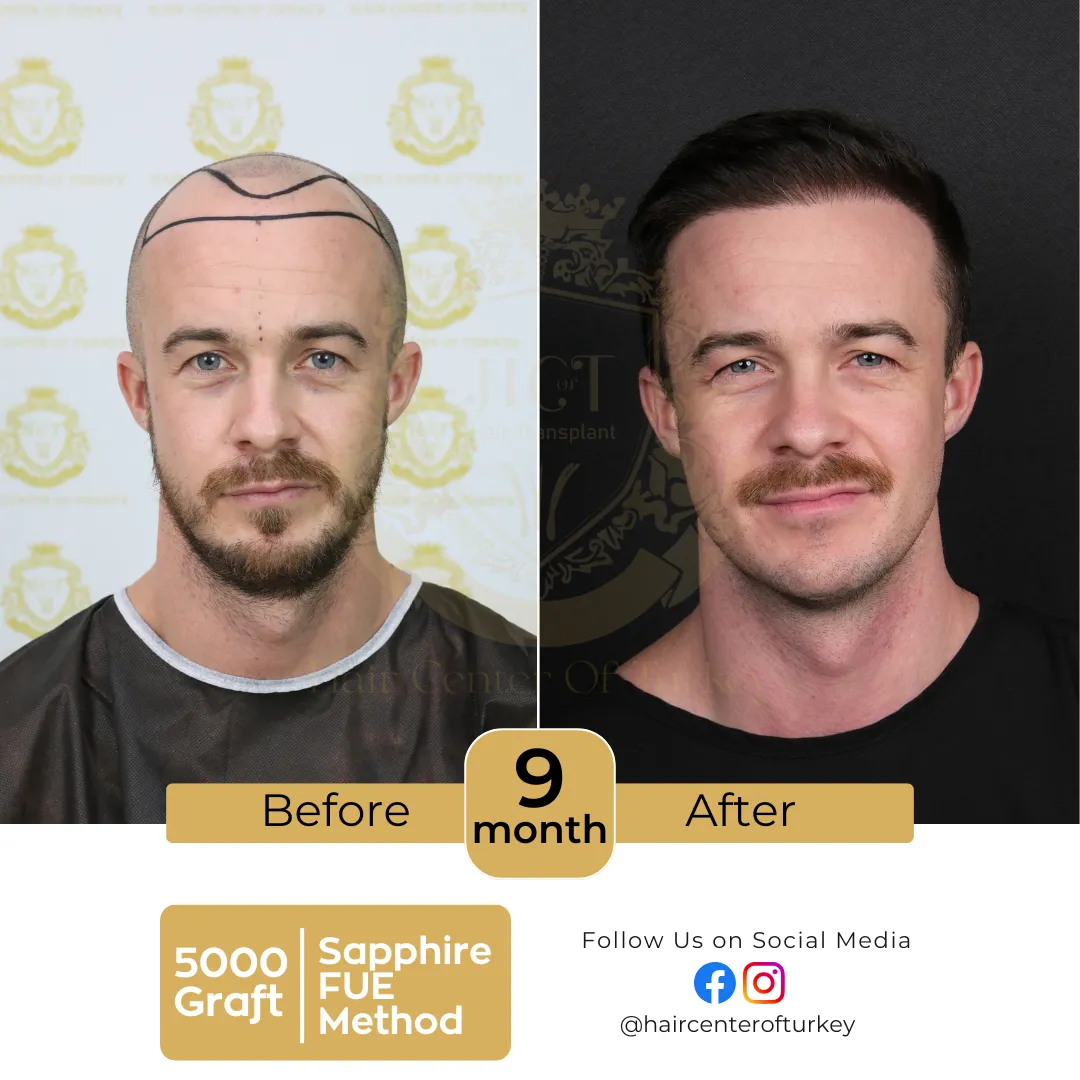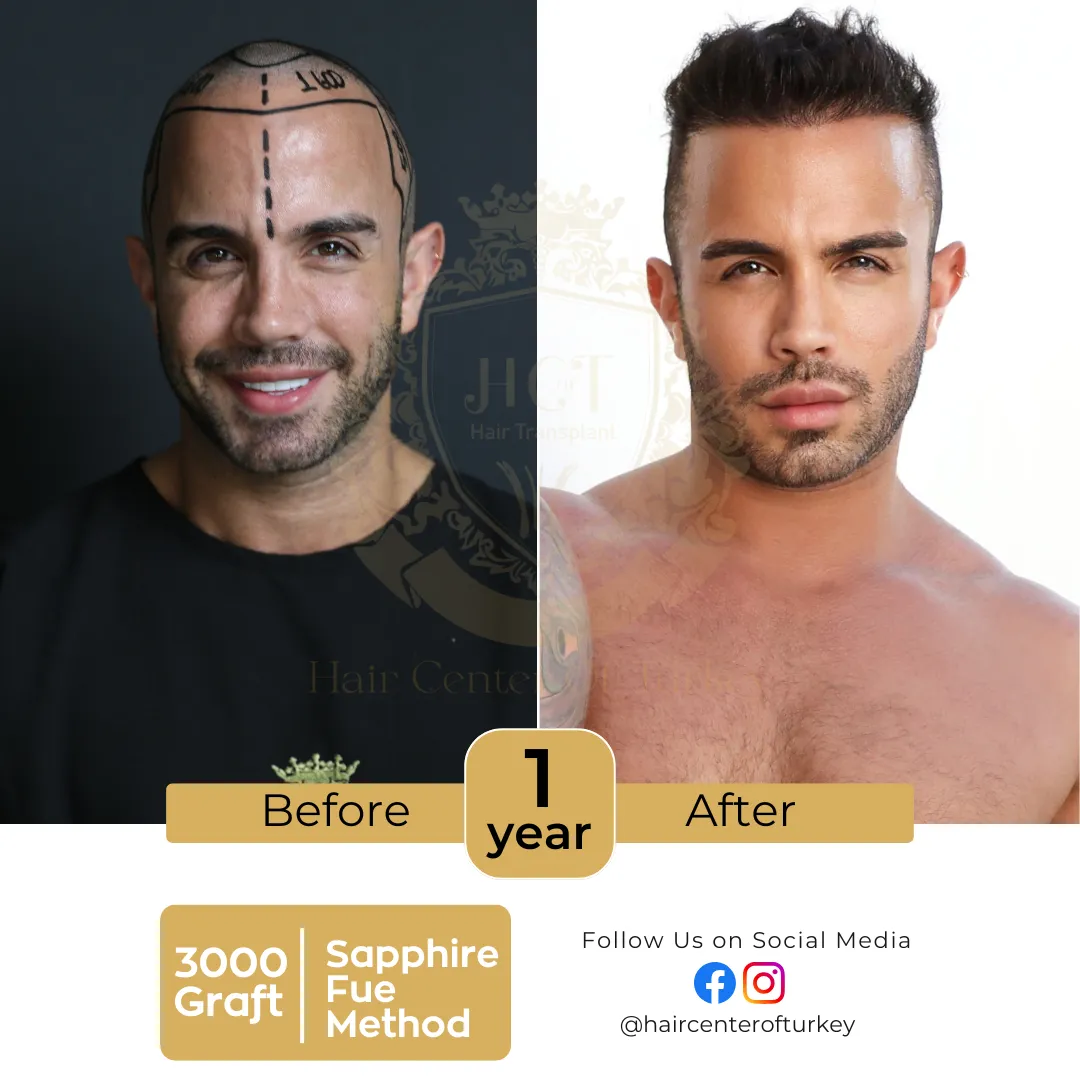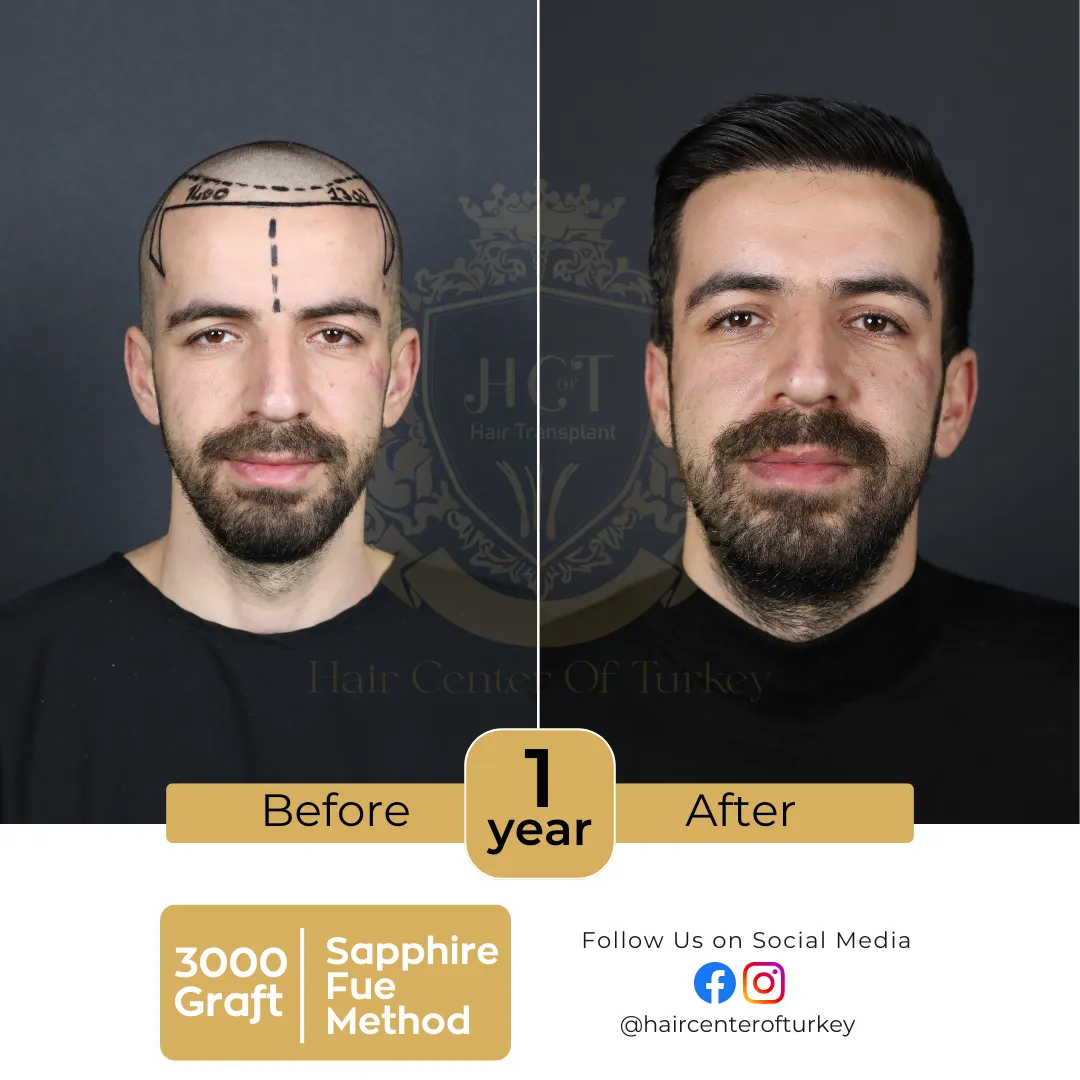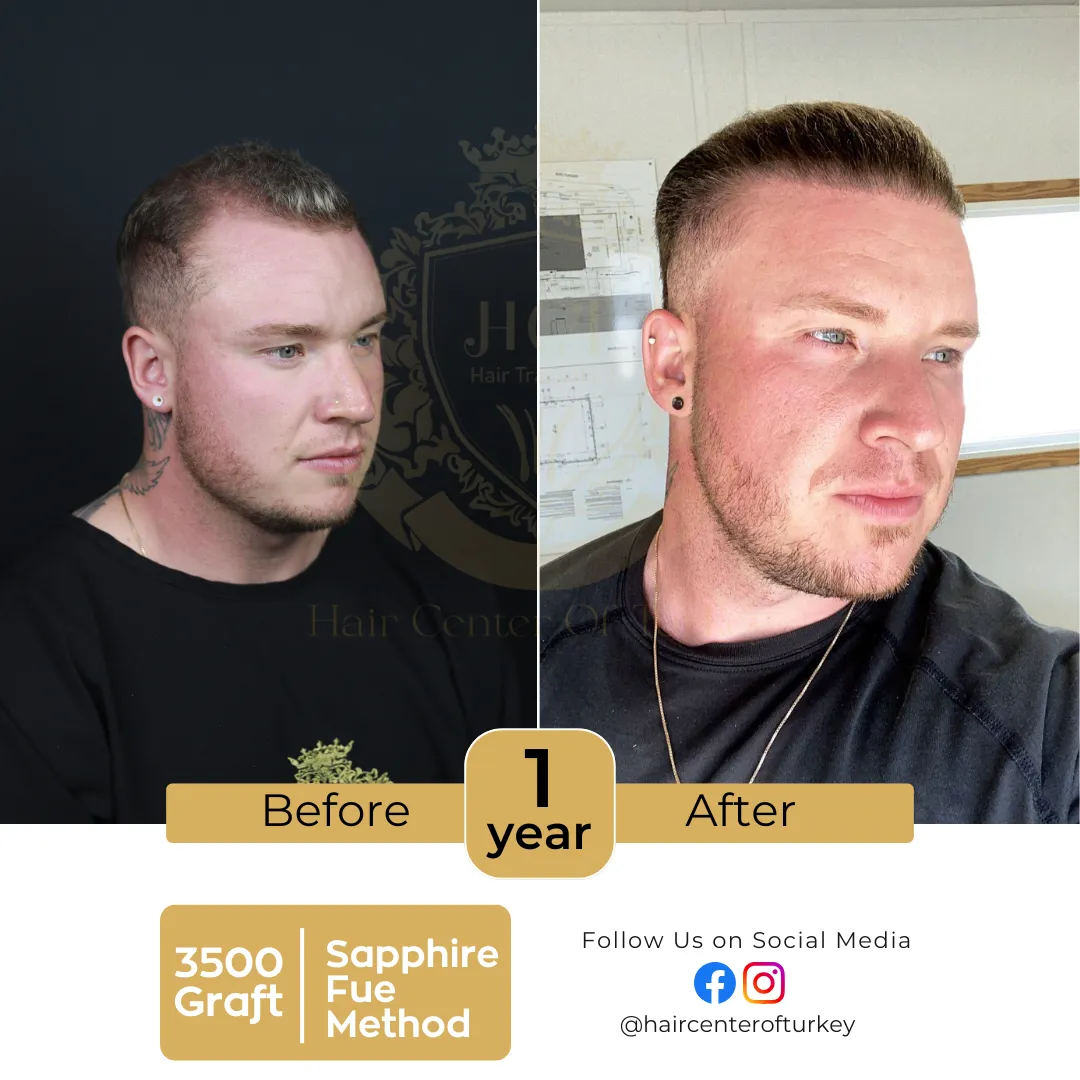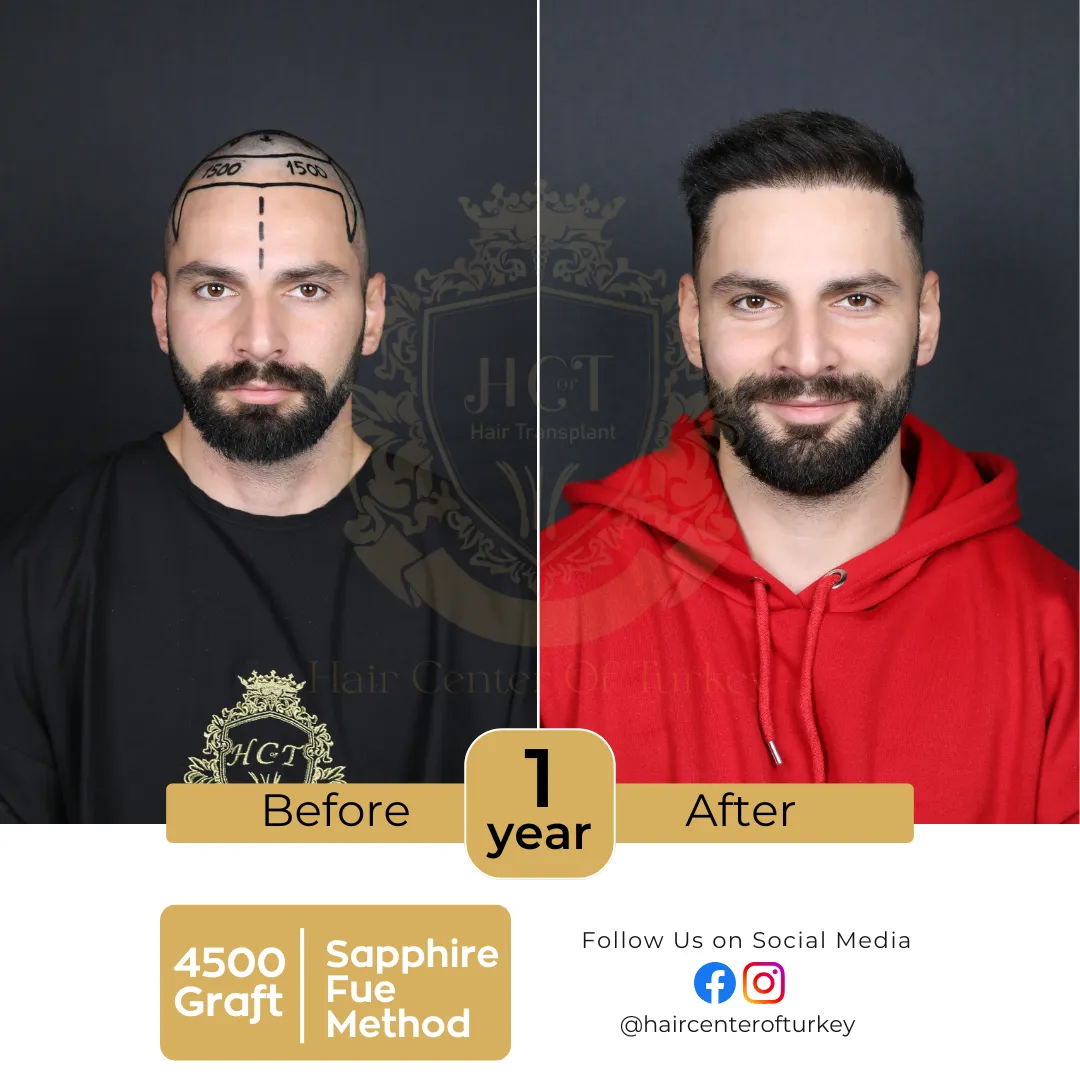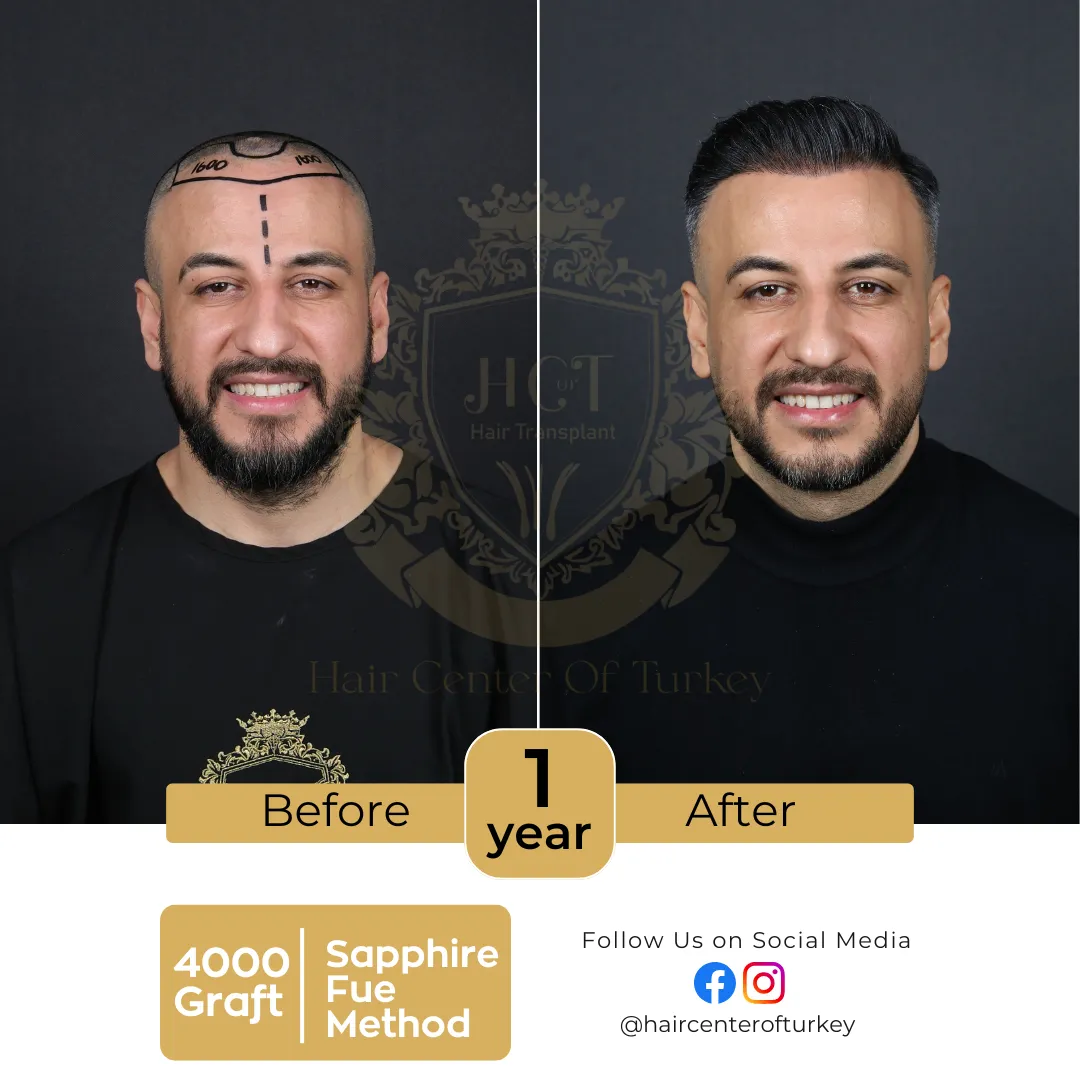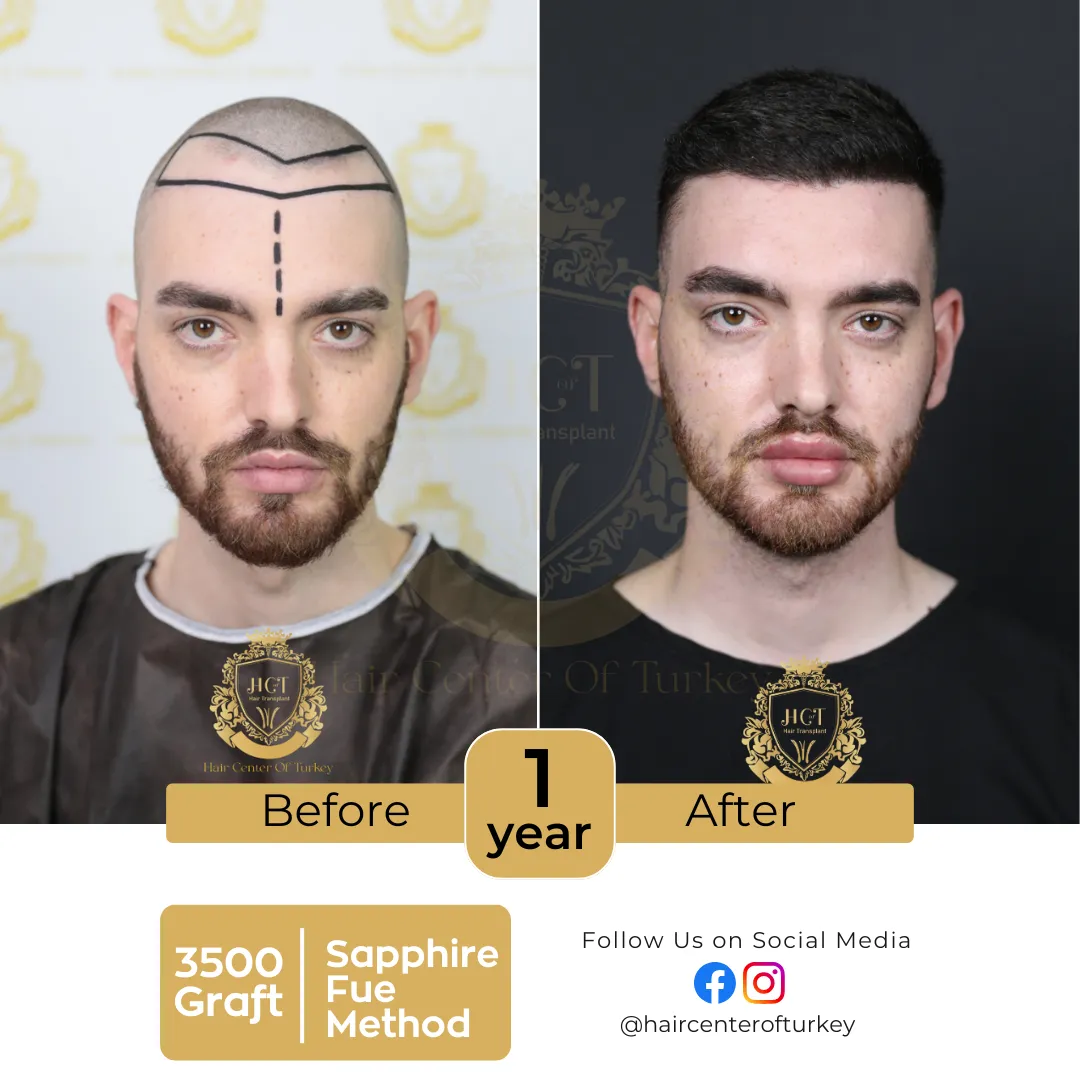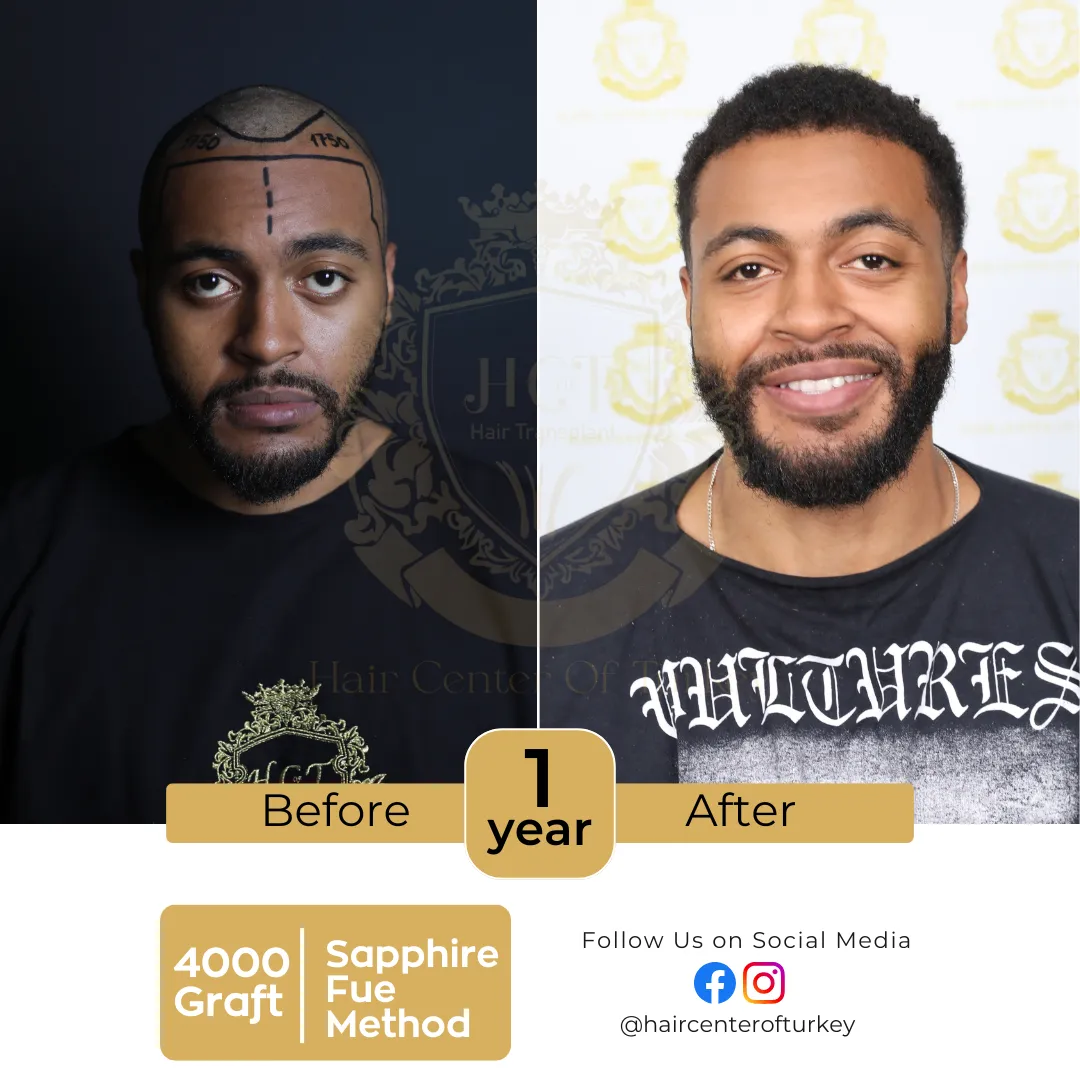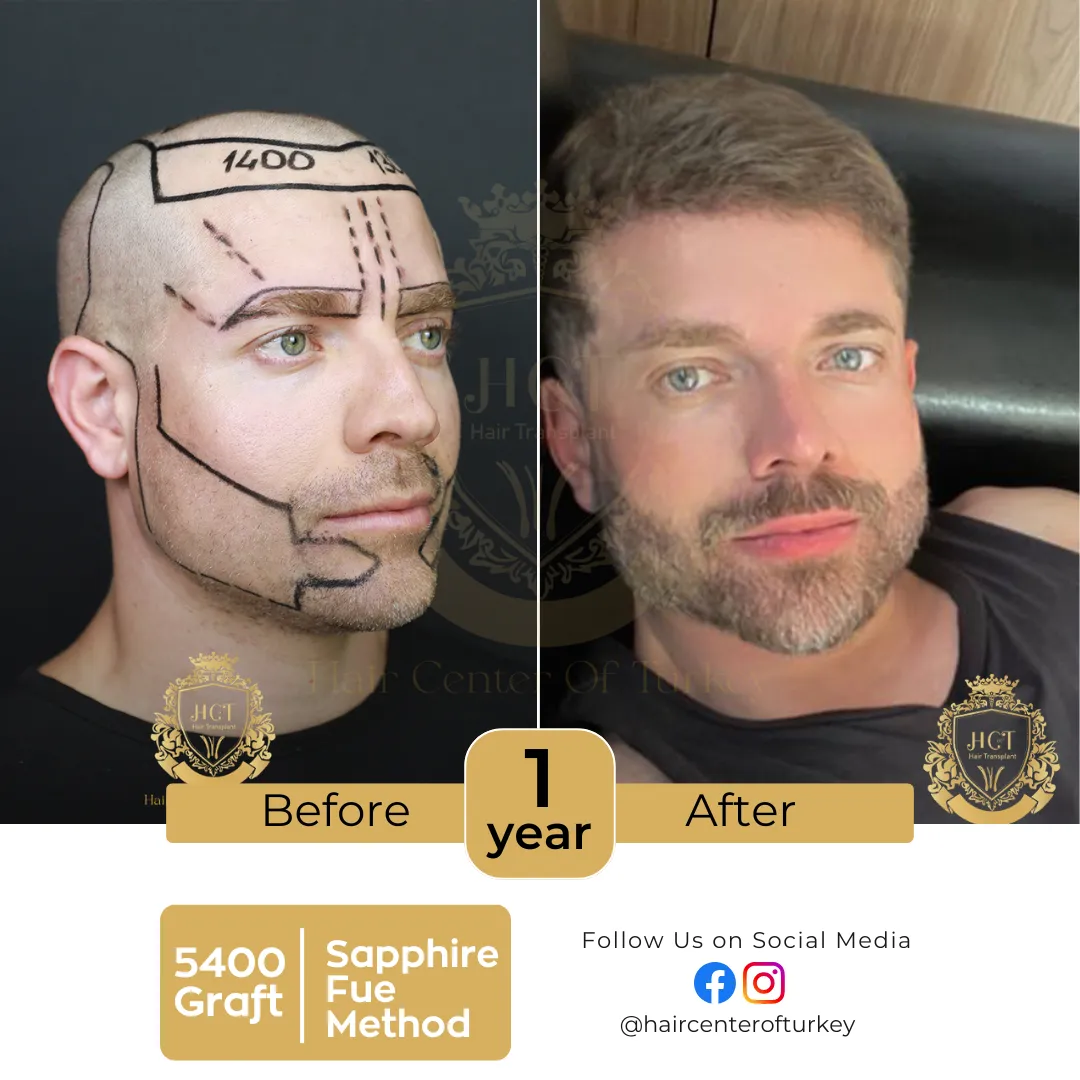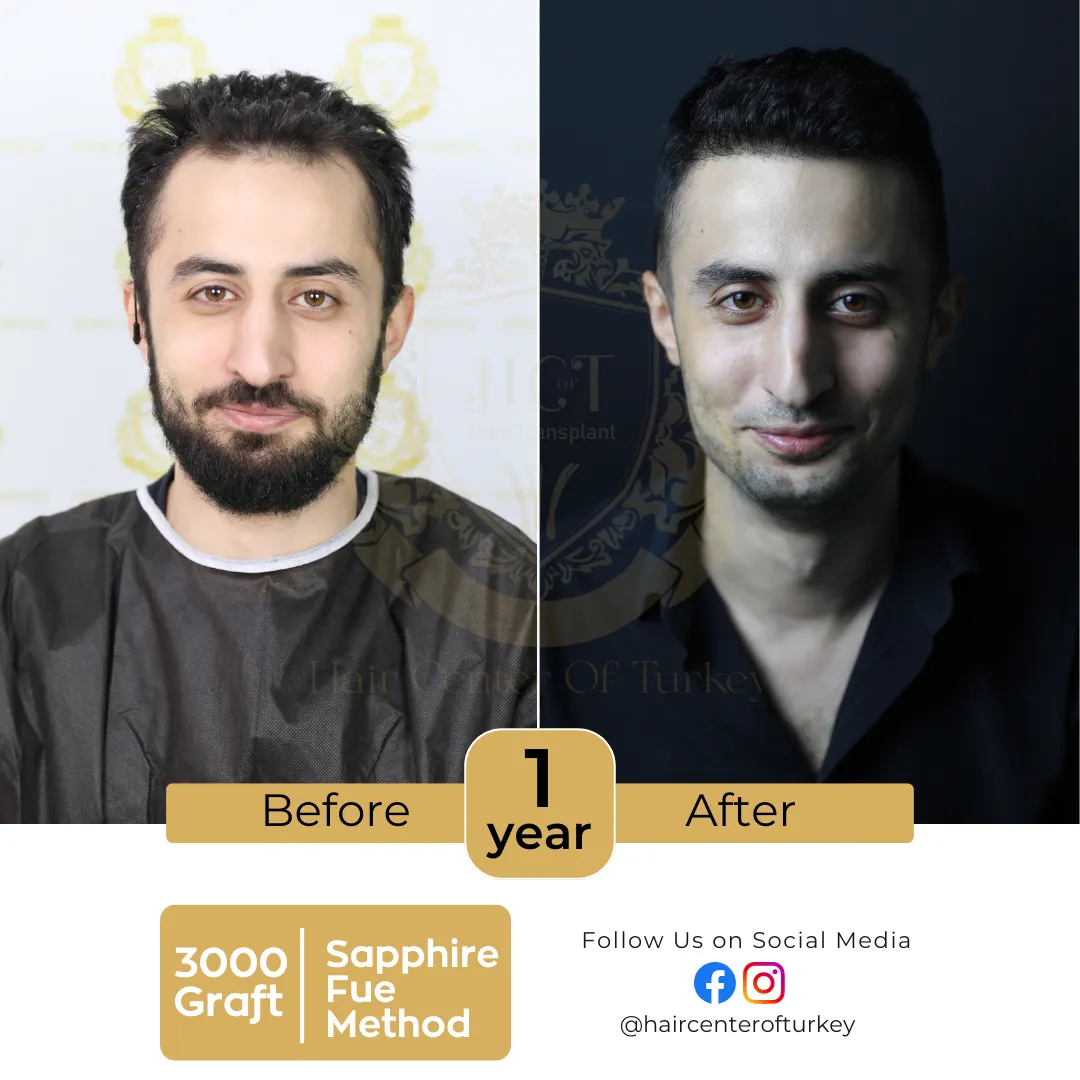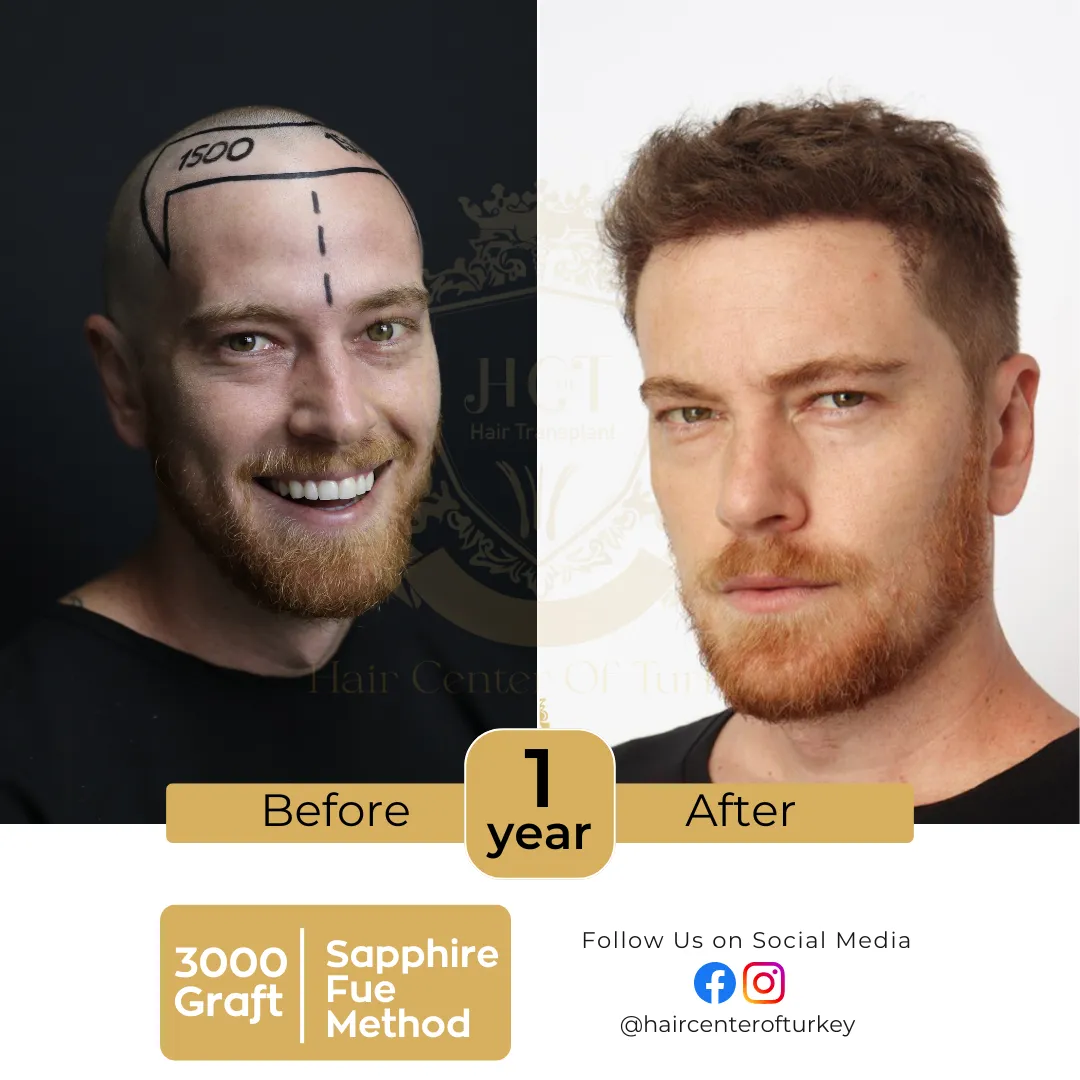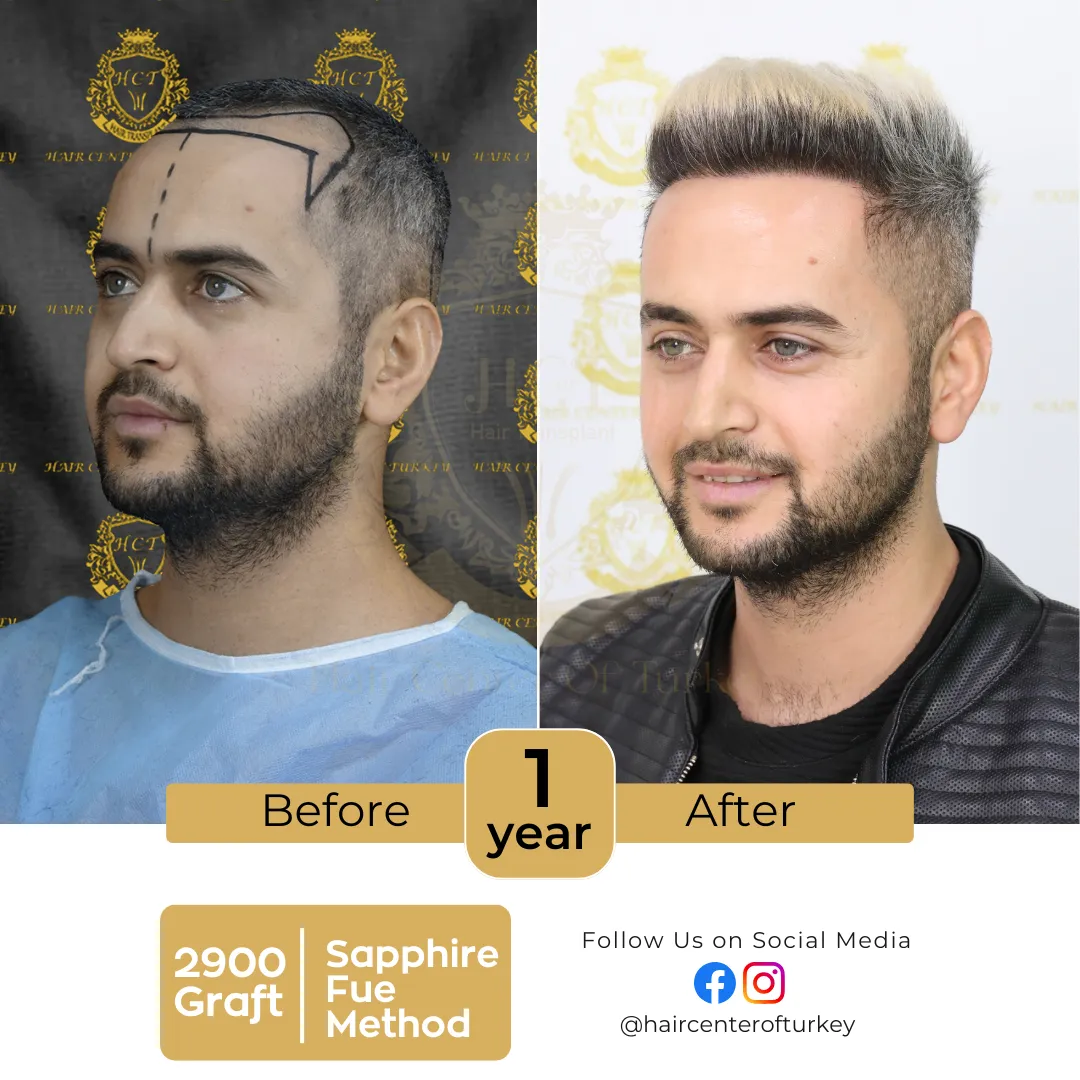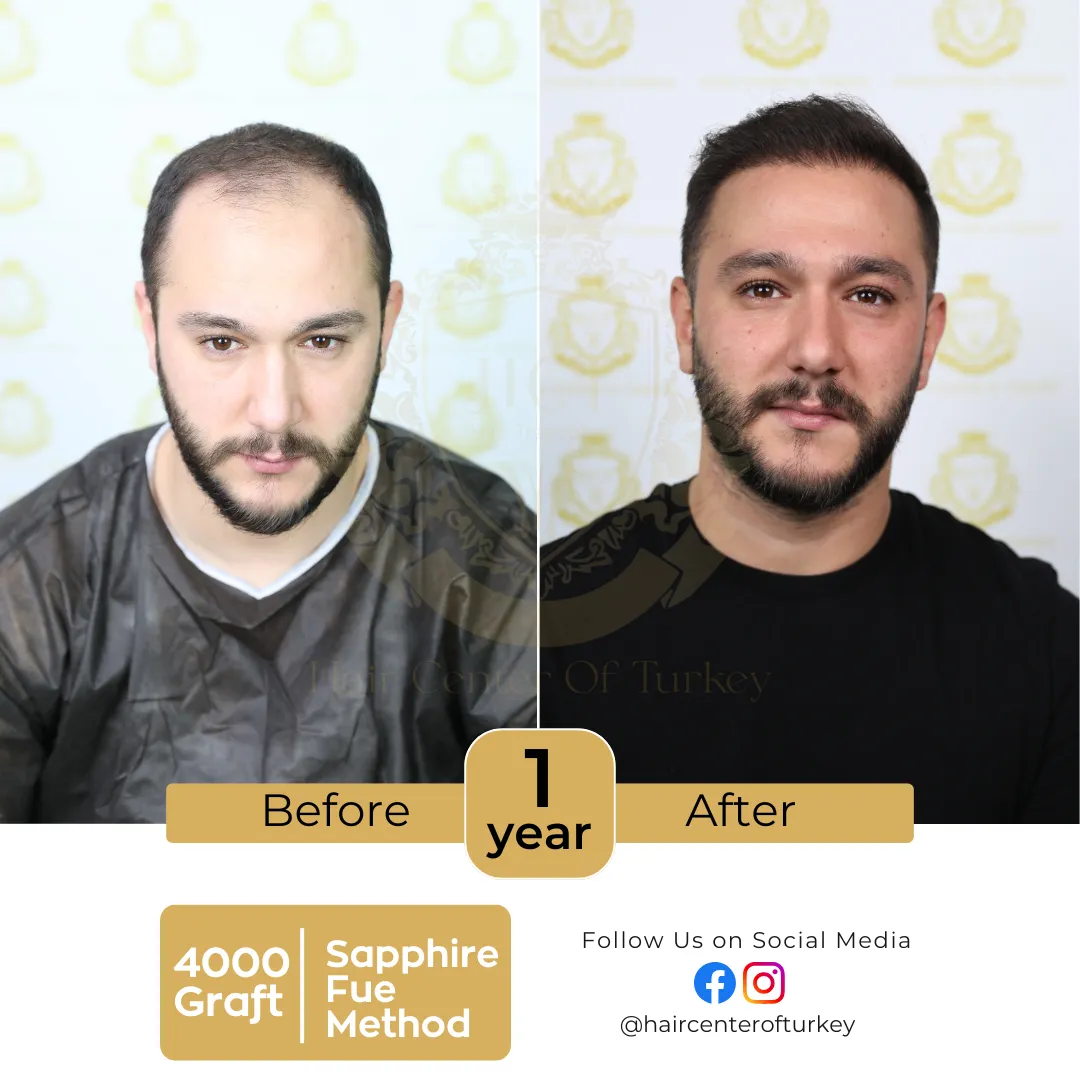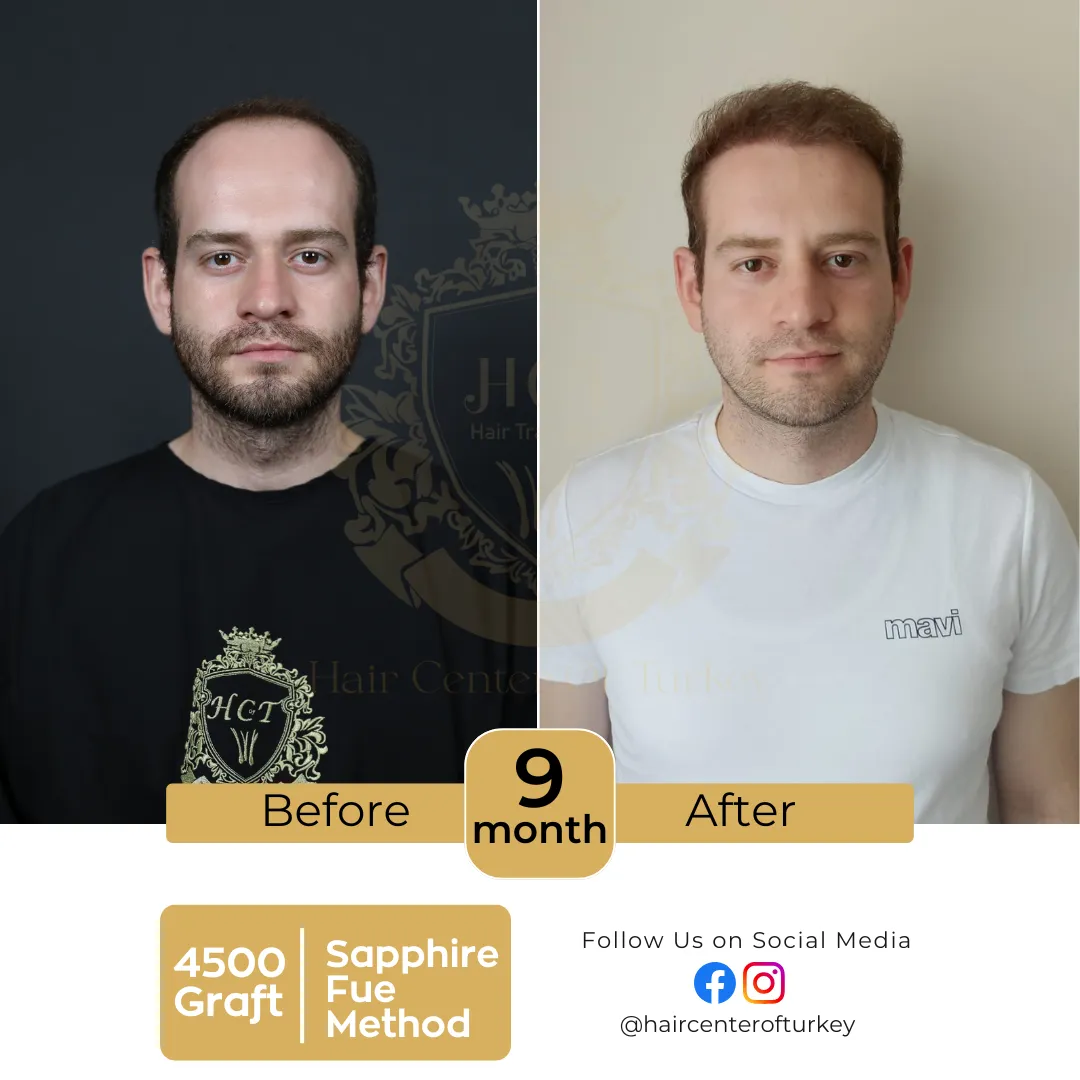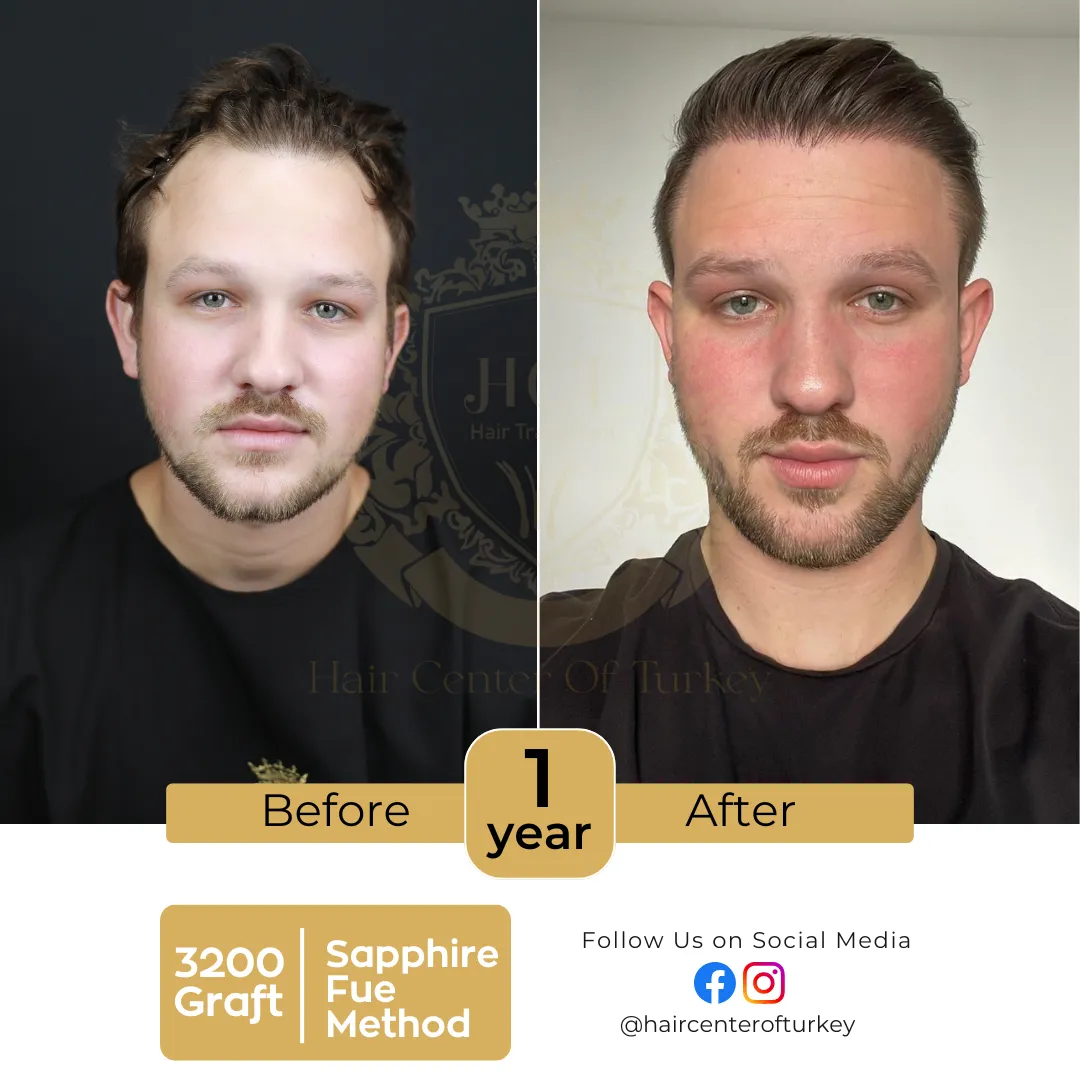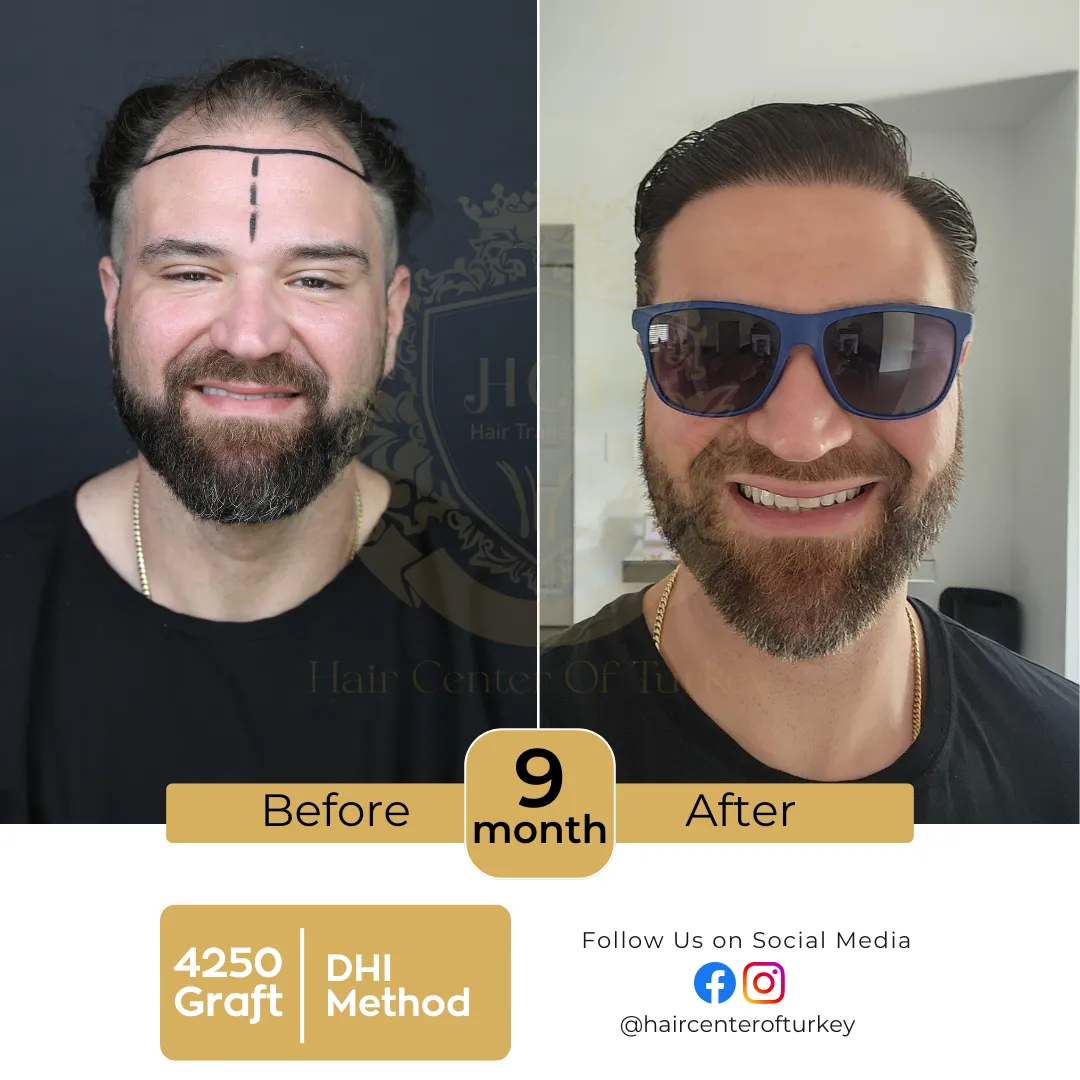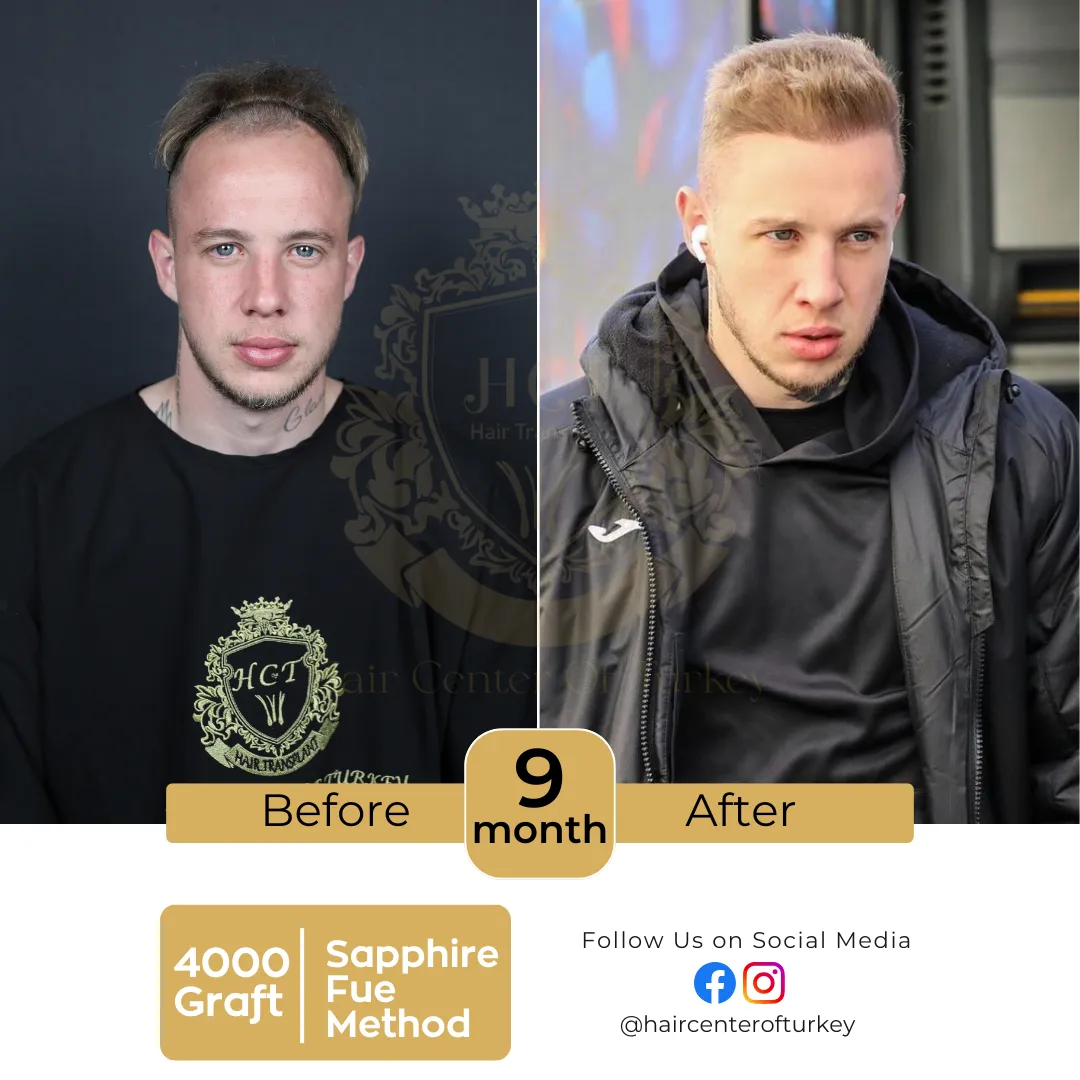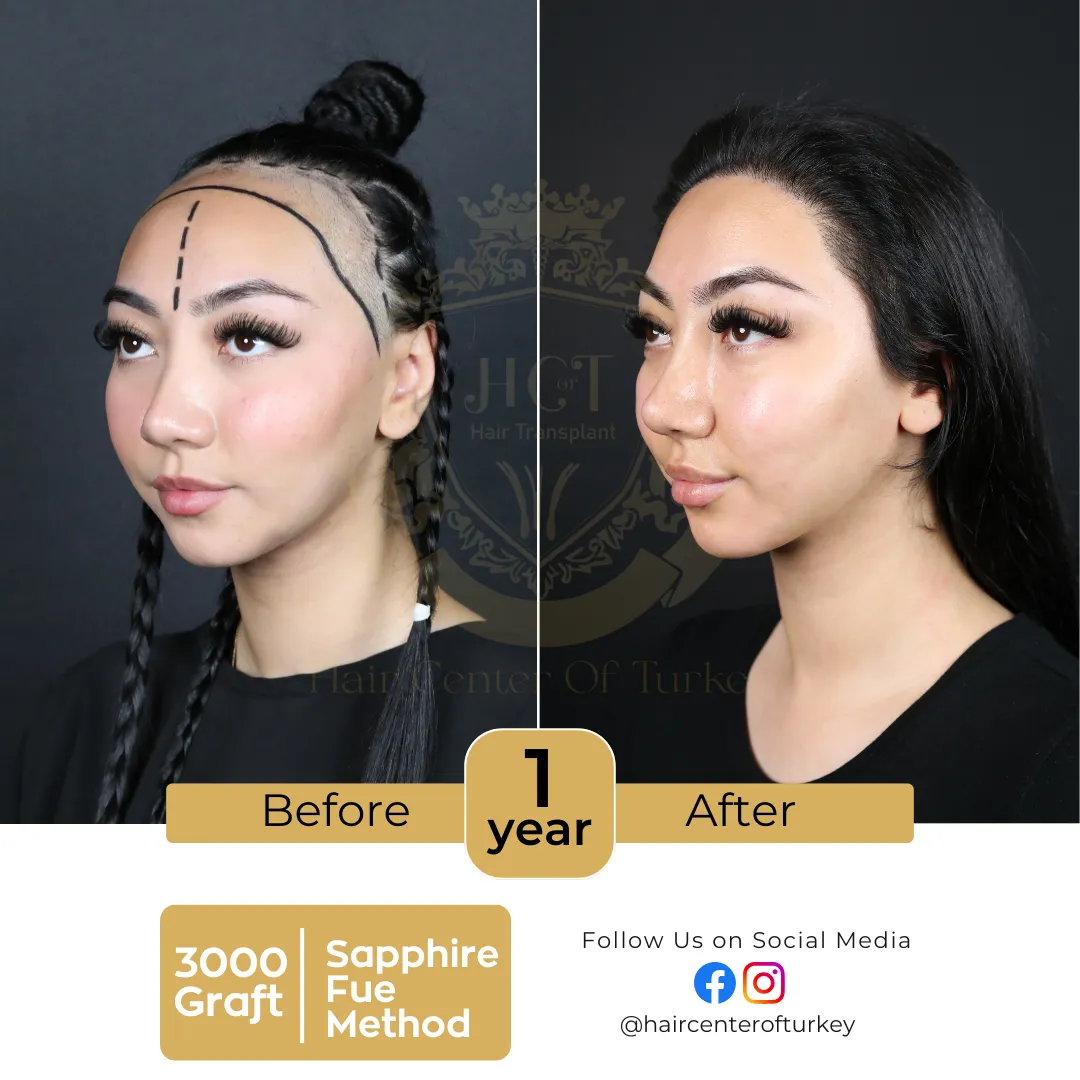Hair Transplant Trypophobia
A hair transplant procedure involves creating numerous tiny incisions in the scalp to implant hair follicles. While this may seem straightforward to most, for some individuals, the idea can be quite unsettling. Those with trypophobia specifically hair transplant trypophobia may experience heightened anxiety at the thought of having small clusters of incisions on their scalp. Trypophobia is an aversion to or fear of small holes or patterns of holes.
In this article, we’ll delve into the concept of hair transplant trypophobia, exploring its causes, common concerns, and ways to manage this fear for those considering the procedure.
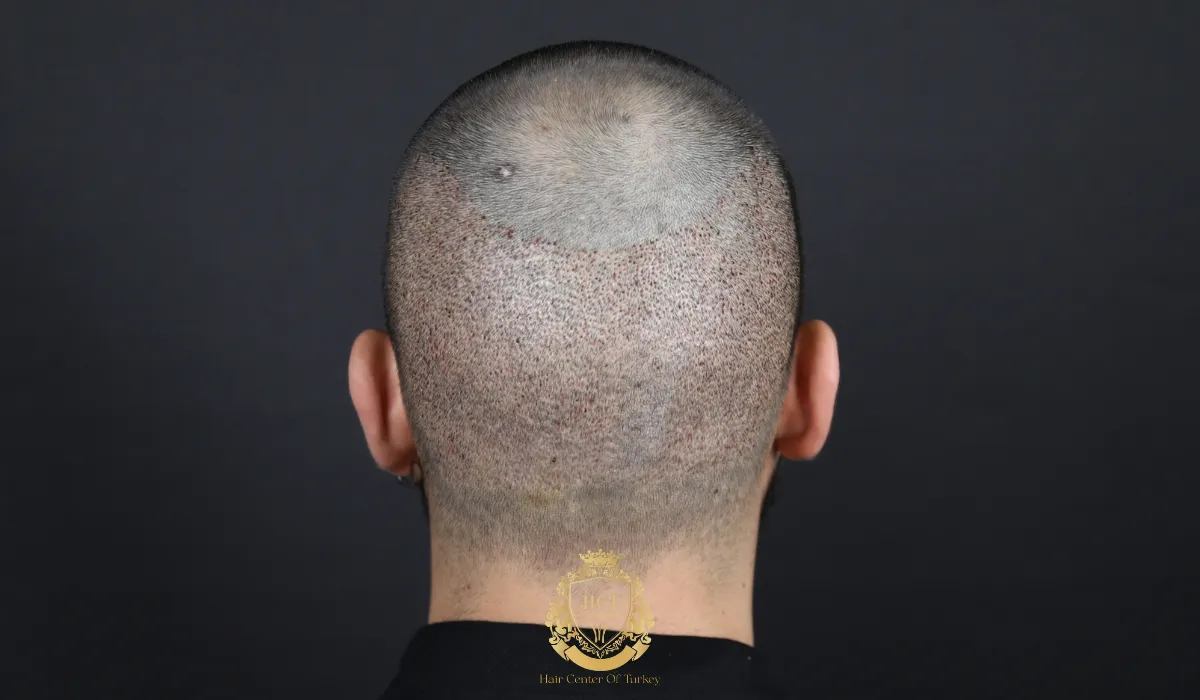
What is Hair Transplant Trypophobia?
Trypophobia is a fear or aversion to patterns of closely packed bumps or holes. For those affected, simply looking at surfaces with clusters of small holes can trigger feelings of distress or even disgust. Reactions can vary, with some individuals experiencing a sense of helplessness, while others might develop goosebumps or feel itchy. Common symptoms also include shortness of breath, dizziness, trembling, and excessive sweating, making the experience deeply uncomfortable for those with the condition.

What Causes Tripophobia?
The exact cause of trypophobia remains unclear, but the condition is commonly triggered by patterns of small, clustered holes. Everyday objects like sponges, honeycombs, sunflowers, seeded bagels, shoe soles, and fruits such as kiwis and strawberries can provoke a strong sense of discomfort for those affected. The sensation a person with trypophobia might feel when looking at a sponge, for example, is similar to the distress they could experience when viewing the tiny incisions involved in a hair transplant.
During an FUE (Follicular Unit Extraction) hair transplant, the surgeon creates numerous small incisions in the scalp using a specialized device to extract hair follicles. For someone with trypophobia, these small holes ranging from 0.85mm to 0.95mm in size—can trigger feelings of fear or disgust. The donor area, located at the back and sides of the head, may present a visual trigger for several days post surgery due to the tiny holes left from the extraction process.
Similarly, in the balding areas where hair grafts are placed, the surgeon must create additional small incisions for the transplanted follicles. While these incisions are not typically visible to the patient after the procedure, those with trypophobia may struggle with the thought of these tiny holes being present on their scalp, leading to heightened anxiety and discomfort.

Hair Transplant Holes
After a hair transplant, the patient’s scalp may appear dotted with tiny holes, but this is typically seen only when outdated techniques or incorrect tools are used. Thanks to modern advancements, the latest methods ensure that these holes are far less noticeable. Instead, the treated area will more likely resemble a mild graze, with slight red scabbing as the wounds heal and the grafts settle.
The connection between hair transplant incisions and trypophobia is well-recognized. However, contemporary techniques help minimize the risk of triggering this phobia by significantly reducing the size of the incisions. Surgeons now predominantly use micro punch tools that not only minimize discomfort but also create fewer, smaller incisions. These advancements mean that individuals with trypophobia are less likely to experience severe reactions, and the tiny holes typically heal within just a few days, leaving little to no visible marks.

Does Trypophobia Affect Hair Transplant Decision?
For individuals with trypophobia, the decision to undergo a hair transplant can feel daunting. Despite being a popular solution for hair loss, the idea of the small punctures involved in the process might cause anxiety. However, having trypophobia doesn’t mean you can’t proceed with the surgery. Surgeons are well-equipped to help patients manage their fears, offering strategies to ease feelings of distress and discomfort.
One common recommendation is to keep bandages on the donor and recipient areas longer than usual. This prevents patients from seeing the small holes, reducing the likelihood of triggering trypophobia. By working closely with the surgeon, it’s possible to customize the post-op care to ensure the experience remains as comfortable as possible, both physically and mentally.
Hair Transplant Before and After
Reviewing before and after photos of successful hair transplant from your doctor can be an excellent way to ease any anxiety you may have. These images showcase the final results a full, natural looking head of hair with no visible traces of the small incisions from the transplant procedure. Seeing these transformations can offer reassurance, demonstrating that the tiny, temporary holes are just a brief part of the journey toward achieving a permanent solution to hair loss. Knowing that the outcome is a thick, healthy head of hair can make the process feel less intimidating.
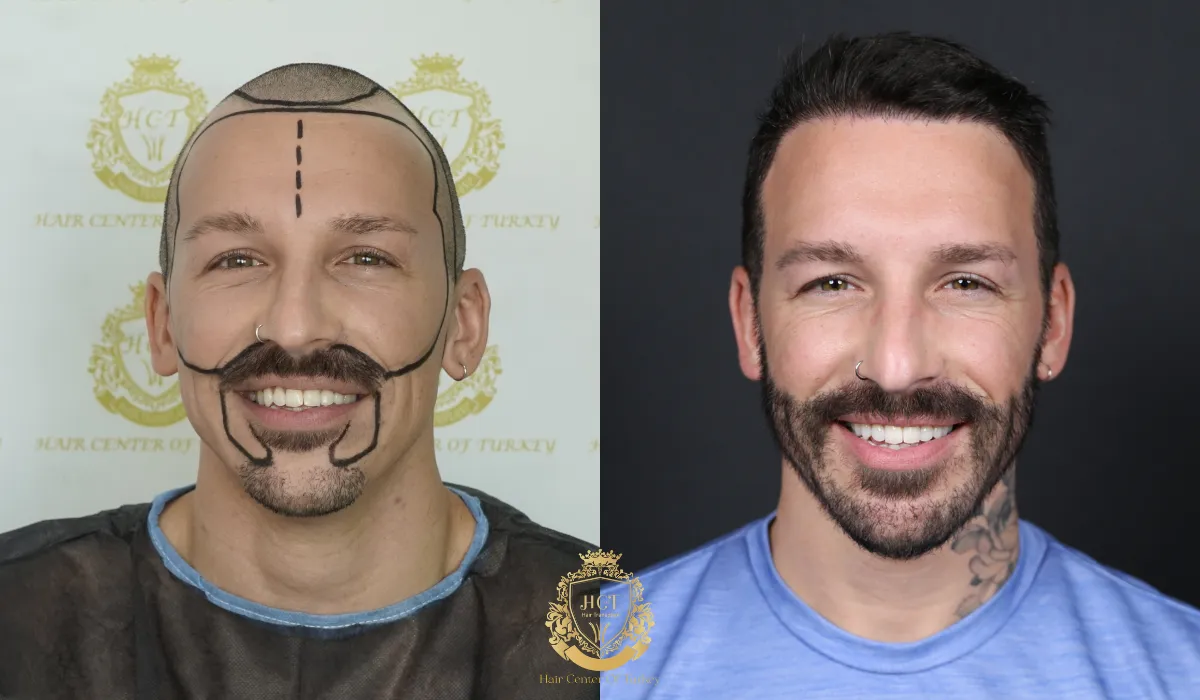
F.A.Q. (Frequently Asked Questions)


